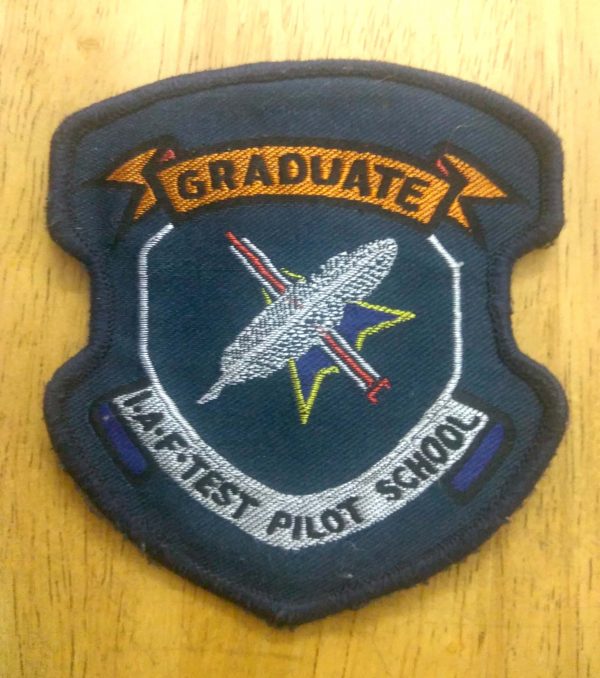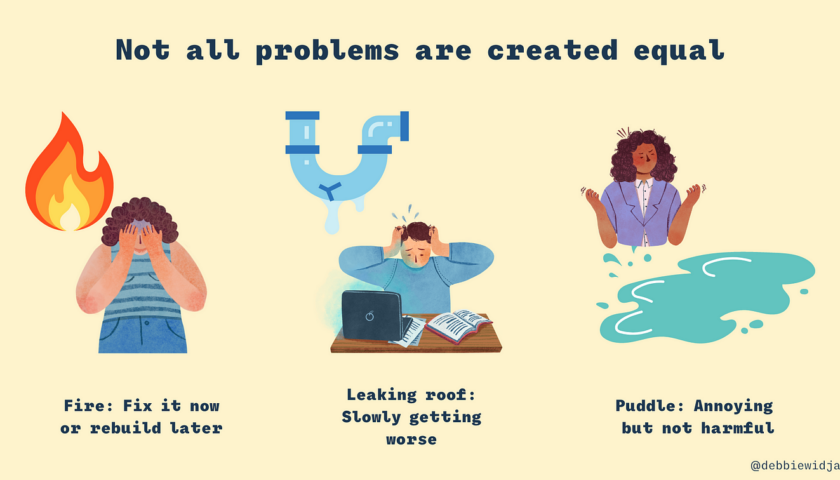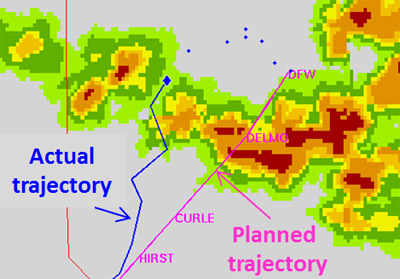In the case of pilots, it is a little touch of madness that drives us to go beyond all known bounds. Any search into the unknown is incomparable exploitation of oneself.
Jacqueline Auriol
Living on the edge, reaching his limit, seeing the world in rare angles and heights is all too often part of the test pilot job. Today we will meet Gp Capt Sharad Aneja (Retd) an intrepid test pilot who will tell us all about this fascinating world. He spent precious 24 years in the IAF, not to mention three years of NDA and one year in Air Force Academy before that. On that journey, he had the opportunity of flying various aircraft (18 different types) and visit many places in the country and abroad. “Never a dull moment in the various roles played, be it Squadron Pilot, Flying Instructor or Test Pilot,” he said while reminiscing on his career. “The job also taught a few tricks in administration and planning whether it was as an adjutant, commanding officer or a director/ staff at headquarters,” sums up the experience of a contented soldier and pilot.
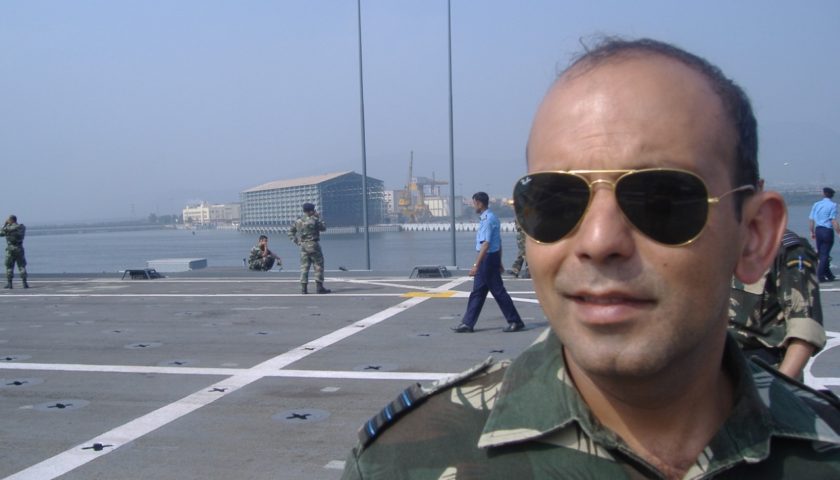
- What is the greatest pleasure of being the test pilot and what motivated you to be one?
When you take a child to the market, he goes directly into the toy shop, why? Because he wants to play with all the toys (read equipment) and learns to play with it. I guess, my condition was the same wherein, I couldn’t resist the opportunity to learn and fly different types of aircraft; and where else would someone get such an opportunity.
As far as motivation goes, let’s say that I wanted to get posted out of a place and applied on the suggestion of a very dear friend.
- Indian Air force is the fourth largest air force and it was the 5th country in the world to establish its own test pilot school. Tell our readers something about ASTE and IAF Test Pilot School located at HAL Bangalore.
In 1948, IAF acquired its first jet fighter, the Vampire, and the Aircraft Testing Unit (ATU) was raised under the command of Wg Cdr H Moolgavkar to accept and test these aircraft. The Indian aviation industry, in the form of Hindustan Aeronautics Limited (HAL), was already being provided highly skilled pilots by IAF for flight test duties. To be able to meet the increasing requirements and indigenous development capabilities, initial few pioneers were trained in Test Pilot’s Schools abroad and then tasked to form the core group in the establishment of the Aircraft and Armament Testing Unit (A&ATU) Kanpur, a precursor to ASTE. The next few years saw an increase in avionics systems trials like IFF, V/UHF sets, gun sights, FR cameras, etc., in addition to armament and airframe testing. In the year 1972, it was renamed ASTE.
Hindustan Aeronautics Limited (HAL), several Defence R&D Organisation’s (DRDO’s) aviation-related establishments, and National Aerospace Laboratory (a civilian entity) are all located in this “Garden City” Bangalore, where all the aviation R&D activity is concentrated with a salubrious climate. It was decided that ASTE should move to Bangalore to meet the flight testing needs of all these organizations and was housed just south of the HAL Airport’s main runway. Gradually, ASTE has acquired all the buildings, hangars, and aprons that it needs to meet its tasks of flight evaluation and training.
With the ever so increasing requirements of flight testing, there was a need to train more pilots. In 1972 itself, soon after its upgradation, ASTE first started training pilots for production testing. Three years later, senior ASTE officers visited ETPS, UK, and studied its training methods. These were eventually used to start a course for experimental test flying in 1976 at Air Force Test Pilots School (AFTPS), co-located with ASTE in Bangalore. This is now a premier institution, which trains flight test crew to meet the requirements of the Indian Air Force, the other two services, and some non-military organizations involved with aviation.
- What different type of courses is offered by the school and what are the basic education and experience required to be a Flight Test Crew?
Test pilots and flight test engineers are trained by AFTPS to work as a cohesive flight test team. They are trained on the fixed wing as well as Rotary wing platforms and include:-
* Fixed Wing Test Pilots
* Rotary Wing Test Pilots.
* Fixed Wing Flight Test Engineers.
* Rotary Wing Flight Test Engineers.
* Flight Test Engineers from the Avionics Stream.
* Flight Test Instrumentation Engineers.
Since its inception, more than one hundred fixed-wing pilots, rotary-wing pilots, and flight test engineers have passed through the portals of this school. The school enjoys a good reputation among flight test training institutions abroad.
The basic attributes for pilots and engineers include good application-based knowledge of aerodynamics, Physics, and Maths. This is a voluntary course and your application must be recommended by your Commanding Officer and further by Air Headquarters to be sent for the selection process for this course.
- This is a voluntary course unlike other courses in the military where you are detailed based on your performance. Why is it voluntary and what kind of entrance exam are you subjected to? What are the criteria for selection?
The demands of experimental test flying include a slightly higher amount of risk than a routine flying. There is an inherent risk of failures and unserviceability which require a thorough knowledge of aircraft and systems to be able to handle such issues safely. Primarily, here you fly with modifications and additions on your aircraft which are normally not flown by line pilots. Only pilots with good flying skills and knowledge are recommended for the course. The selection process starts after the recommendation. Depending on the vacancy and spare-ability Air HQ forwards the names along with Flight Safety recommendations to ASTE, which then calls these candidates for selection to Bangalore. The selection itself is divided into 5 steps. Starts with ground subject tests of Aerodynamics, Maths, and Physics. All those candidates who pass all the written tests, proceed to the next step, remaining go back to their respective unit. Generally, about 50-60% of the candidates go back at this step itself. The next step is Viva, a sort of a question and answers session on your professional, general knowledge and whether you have an inquisitive mind which is well versed with how things work, day to day principles, and the application of theory to practice. Each viva session lasts for 45 min approximately. Another large chunk of candidates go back to their units after this step.
Having cleared viva the candidates proceed to the presentation of a topic of their choice pertaining to the latest aviation topics related to equipment, designs, avionics, innovations, and advancements. It is a 10-15 minutes presentation followed by 45 minutes of questions on the selected topic. The fairly grueling session, in that, how deep the candidate has gone in the selected topic is probed along with his presentation capabilities and command over the language. Having cleared this step, the candidates are given basic flying related tasks to perform on two different aircraft, not previously flown. In this, their abilities to apply basic aerodynamics theory to practical and simultaneously check of flying skills on an unfamiliar type of aircraft are assessed. Of course, they don’t have to show a high degree of accuracy in flying, but at least demonstrate the ability to quickly learn, adapt, and perform. All those candidates who clear till this stage are interviewed by Commandant ASTE who goes through their performance and service records before clearing them for having passed the selection. The successful candidates now are once again scrutinized by Air HQ and a merit list is finalized depending on the vacancies, which generally vary between 5-8 for Fixed-wing pilots and engineers and 2-4 for rotary wing pilots and engineers per course.
- Everyone knows that this is the toughest course in aviation. Tell our readers, why is it one of the toughest courses and what makes it so difficult?
There is only one course per year and the duration is 46 weeks. During the course, the student officers are subject to intense ground training regarding higher levels of Physics, Maths, and Aerodynamics, all related to aviation with their empirical and practical application. Initially, ground classes continue along with flying conversions on at least 5-8 different types of aircraft. Once the conversion phase is over the flight test exercises begin.
Here is a confusing paragraph…..During the ground classes in a week (week 1) you are taught the theory and application of a flight test technique (technique 1). The next week (week 2) you are flying that technique 1 learned in week 1 and collect the required parameters and data. The subsequent week (week 3) the student will write the report on the task given to him with the results obtained during flight test technique 1. The exercise report needs to comment of what was done by him and what does the data obtain mean, any results achieved, what do the results indicate and what is it the importance of this aspect in normal day to day flights. This report is generally submitted by end of week 3. Just keep in mind that during week 2, when flight test technique 1 was being conducted for week 1; a new flight test technique 2, ground classes are underway. The flight test of technique 2 will now continue parallel when report writing is underway for technique 1, along with ground classes for technique 3 and so on. Not to forget other theory subjects ground classes and tests along with aircraft checks and tests also are continuing simultaneously. Practically, one needs to prioritize and manage time. If you do not, you lag back and eventually exit. Long nights and power naps become a habit during these 46 weeks. Laptops and data analysis on excel or Matlab become second nature, along with the enhancement of written communication skills. Families just give up on you during that time.
- What are the different phases of the development of aircraft and at what stage are Test Crew involved?
Generally, the involvement is from the design stage itself and continues until the aircraft retires from active service. In layman terms, the involvement is from inception to death.
- Please share what kind of preparation you did when undertaking any flight testing? What do you think is the most difficult part of testing?
The most difficult part of flight testing is getting air-worthiness approval of the equipment and its integration onto the aircraft. Sometimes it takes weeks or even sometimes even months to get provisional airworthiness approvals. That achieved the next is planning of the profile and test points to as to cover maximize the required data in a minimum of flight hours. The number-crunching and data analysis from various sources needs to be carried out along with getting it into a meaningful format for everyone to understand and deduct a conclusion.
Practically before a flight test, a complete ground study of the equipment and its characteristics along with its integration with the aircraft. A detailed report of the same is prepared to highlight any effect on performance during various stages of flight, system selection, and de-selection / segregation or jettison in case of any emergency situation. All failures state of the equipment and its effect on the aircraft in the failed state along with any backup measures are discussed and mitigated at this stage. Having fully understood the equipment and the possible scenarios of its utilization a flight test profiles are prepared. The profile needs to clearly have an incremental approach towards risk mitigation and envelope expansion. Needless to state there can be many scenarios of utilization, but only the most common and most difficult scenarios are captured to be able to build a wholistic scenario. Depending on the flight testing effort available more flight testing may be done to expand the envelope. However, for simple equipment or modification on the aircraft, there is always restriction in the flight testing effort available. Having made a profile a full ground testing of equipment is carried out in stand-alone mode, then repeated after fitment on the aircraft. At this stage, the integration needs to be cleared by the regulating authority. After clearance by the regulating authority, flight testing is carried out.
- You were Directing staff at the test pilot school for 3 years. As a Test Pilot, one is testing and operating an aircraft in its developmental stage which can be very dangerous. Test pilot may encounter risks/hazards or an emergency situation which they are expected to handle with skill and knowledge. How did you train and prepare your student-pilot for that?
The aim of training an Experimental Test Pilot is to install a capability in him to be able to undertake flight on a flying machine not flown by anyone. Self-study regarding aircraft you have to fly in terms of its technical and operational capabilities. In order to undertake a flight on a developmental aircraft, the test crew gets involved with the designer’s team during its initial design and development stage. They learn regarding the flight characteristics expected out of wind tunnel testing and various other simulation modules available. The basic flight control laws and cockpit symbology can be replicated, and simulated flights flown on a simulator on the ground before going up in the air. All system procedures and likely failure scenarios are planned for and practiced to mitigate the threat. The use of telemetry on the ground helps the crew to identify any likely abnormality occurring which is missed by the pilot during his flight. It helps to get real-time data on the ground and compare it with planned data obtained from ground simulation.
- In India, this course is primarily for defence personnel. Can a civil pilot also undergo such courses?
Not that I am aware of. However, defense test pilots are doing developmental test flights on certain civil aircraft like Saras, Dornier, and Embraer.
- A pilot’s office is the cockpit where all the controls, displays and systems necessary for the safe conduct of flight are located. What is your primary concern when test flying- is it safety or airworthiness regulations or the regulator?
Today most of the requirements and specifications for aviation-related equipment are well documented. They are Military or Civil specs. The specs are also carefully laid down so that at no stage of the flight, the safety of the aircraft or its occupants is compromised. So primary concern is always the safety and then the airworthiness regulations, which in fact are an offshoot of safety. A good example of this is the load factor limits. If the documented figure of load factor limit is 2 g, it would have been demonstrated for at least 3g as per regulations, however, the ultimate maximum design load limit may well be above 4g.
- India is not a design, manufacturing or production hub of aircraft and its subsystems. But at the same time, Indian civil aviation is growing at an unprecedented rate and likely to overtake the USA in terms of a number of passengers in the next decade or so. Do you think Indian Test Crew will have more opportunities in testing new technology like UAV or Urban mobility vehicles?
There are two big questions here. One related to passenger traffic and other related to UAVs and Urban Mobility Vehicles(UMV).
As far as passenger traffic is concerned, India is a nation of nearly 1.4 billion people. Even if we consider 60% of our population below the poverty line we still have nearly 0.56 billion people above poverty, out of which maybe another 50% i.e. 0.25 billion people may consider traveling by air. This is number is huge and is more than the population of many countries. The USA has a population of nearly 0.33 billion which is very comparable to the total traveling population in India. So, definitely there is a tremendous scope of aviation here. In terms of Test Pilots, initially, production test pilots will be in demand to be able to fly production and serviced aircraft as and when our country starts to produce and service civil commercial aircraft.
UAVs and UMVs are being developed and produced in India in a big way after the Atamnirbhar Bharat scheme. Of course, there will be a tremendous scope here for those who are qualified on these machines. Presently, a lot of private organizations are involved in these projects is very encouraging and they are really finding innovative solutions to be able to meet various requirements of civil and defense industries.
- As an ETP, how difficult it is to balance industry push and safety/regulatory requirements like in the case of Boeing 737 Max.
It is very important to understand that all regulatory requirements have been derived keeping in mind the safety margin. However, there will be instances where the developer may try to mask a pertinent issue with certain augmenters or inhibitors to clear the regulatory requirement, without actually addressing the issues concerning the inhibiter or augmentation device itself. Such is the situation I think, Boeing 737 Max is currently involved in. So, there will be Catch 22 like situations at every step in-flight testing and certification process. It is indeed challenging at times to achieve regulatory requirements.
- You were directing staff at the Test pilot school, test pilot and flight instructor also. Can you elaborate on the top 5 characteristics of a test pilot?
- Determination
- Time Management
- Perseverance
- Integrity
- Communication Skills
- Analytical skills
- Stress Management
- Knowledge
- Flying skills
- ‘know your limits’
- Planning
……. All in a day’s work, hope you can understand the sludge I have left above 😊.
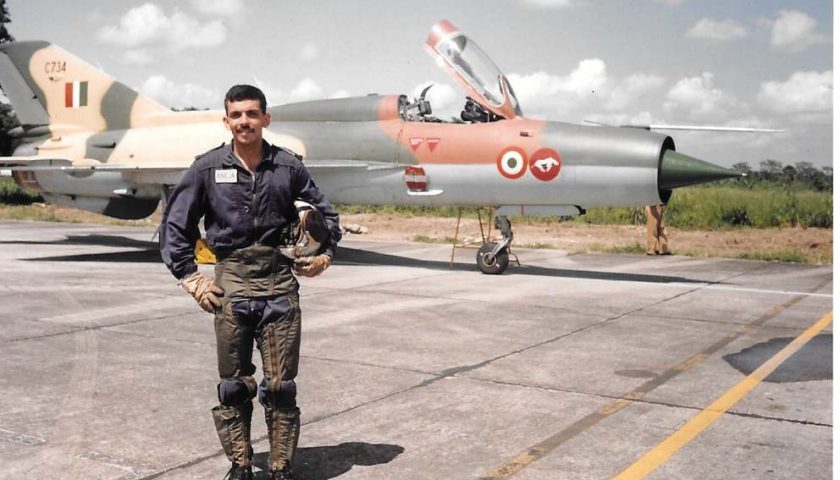
Thanks, Sharad, I think it is chemistry and very attractive soft dream you have put in front of our readers. The Test pilot school and the training involved will for sure refine the sludge and produce one of the best, due to the legacy left behind by test pilots like you.
Related post: Flight Test Engineer. Click here to read.
